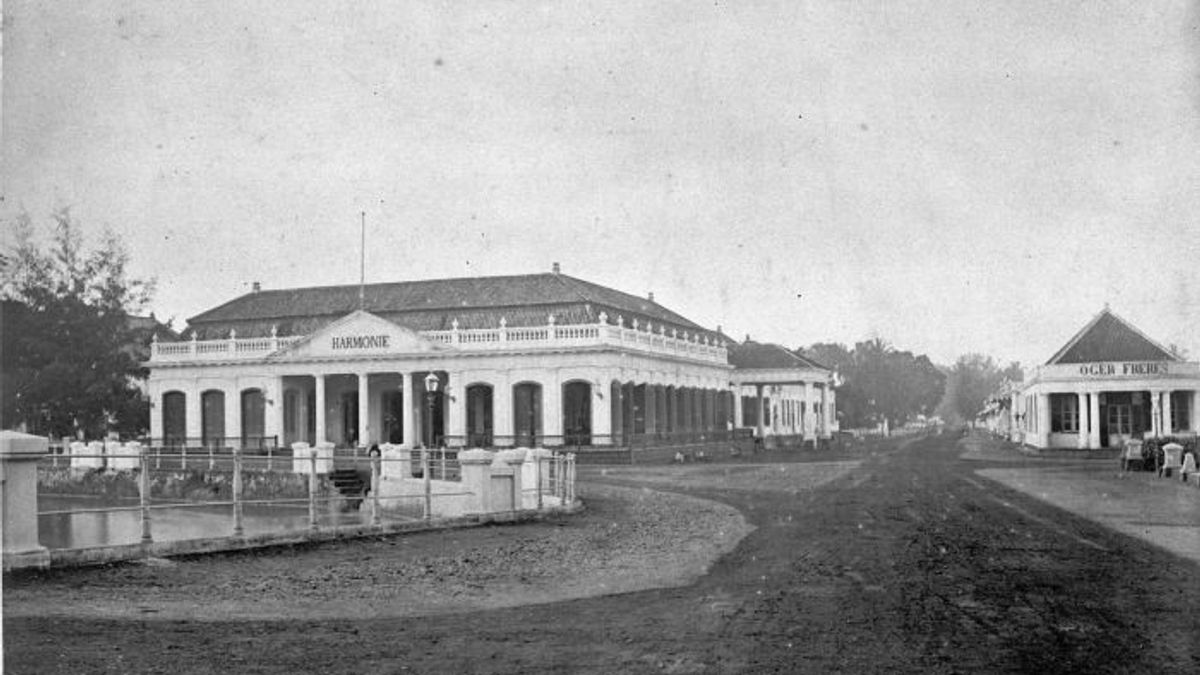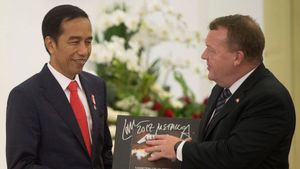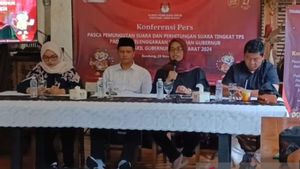JAKARTA – History today, 153 years ago, May 29, 1869, the Dutch East Indies colonial government celebrated the 250th anniversary of the city of Batavia. Instead of celebrating in a simple way, the owner has the power to celebrate it in a big way. Three days in a row debauchery was held. The nuances of luxury are the magic.
Even the series of celebrations became proof that the Dutch colonialists liked to spend extravagantly. In fact, the tradition of this spree has been going on since the beginning of the Dutch colonialism in the archipelago.
The Dutch colonial period was full of dynamics. Every Dutchman who came to the archipelago often wanted to taste the luxury of life in the colony. That life will not be found in the Netherlands. Because of this, the Dutch, who are known to be thrifty and often save money, have turned into show-offs and love to party.
This habit lasts because the Dutch want to taste life like a Javanese king. all the luxurious behavior that became part of the life of the King of Java he adopted. From banquets to parties. The luxury of the Javanese king was then adopted in the daily life of the Dutch in the archipelago.

The governor generals did not miss the time to join in and like to have fun. The power and high income (from salary and side business) obtained by high-ranking Dutch East Indies became the estuary.
As a result, there is nothing that cannot be realized by a governor general. One of the most prominent was Petrus Albertus van der Parra (1761-1775). The 29th Governor General likes to have fun. There are many houses. So are the assets. So, every party he held was often full of excitement.
“On May 15, 1761 Van der Parra was appointed by the Council of the Dutch East Indies as Governor-General replacing Jacob Mossel. He celebrated his rapture with a grand ceremony. The day of his birth was later designated as a national feast day. And it turns out, he did this lavish lifestyle that brought the VOC out of business,” wrote Windoro Adi in the book Batavia 1740: Combing Traces of Betawi (2010).
This habit of partying continued until the VOC was replaced by the Dutch East Indies government. They - from the governor general to Dutch officials - often throw festive parties. Whether it's a party organized by private or government.
At the 250th birthday party of the city of Batavia on May 29, 1869, for example. The party was held for three days centered at the popular Batavia club, Societeit de Harmonie. The event's owner even invited two thousand people to join the dance. It is said that the party was the most lively party in Batavia at that time.

“One of the big parties ever held at Harmonie was Batavia's 250th birthday, on May 29, 1869. Actually, what is considered Batavia's birthday is May 30, when Jacatra was successfully captured by the Dutch. On that occasion also laid the first stone of the statue of Jan Pieterszoon Coen in front of Groote Huis in Weltevreden (now: Ministry of Finance near Banteng Square).”
“The debauchery lasted three days. Many goods for special needs are imported from the Netherlands. as a closing, a masked dance party (gekostumeerd) was held at Harmonie. The room at Harmonie is decorated with Venetian lamps, Persian rugs, luxurious European furniture, wall hangings, as well as garlands and tropical plants. Inside there are 40 tables, each for 12 people. Meanwhile, the garden is decorated with 6 thousand lanterns and two decorations as gifts from gas factories and shipping companies," wrote the book Ketoprak Betawi (2001).
The celebration of Batavia's 250th anniversary is an important record in today's history on May 29, 1869.
The English, Chinese, Japanese, Arabic, and French versions are automatically generated by the AI. So there may still be inaccuracies in translating, please always see Indonesian as our main language. (system supported by DigitalSiber.id)









